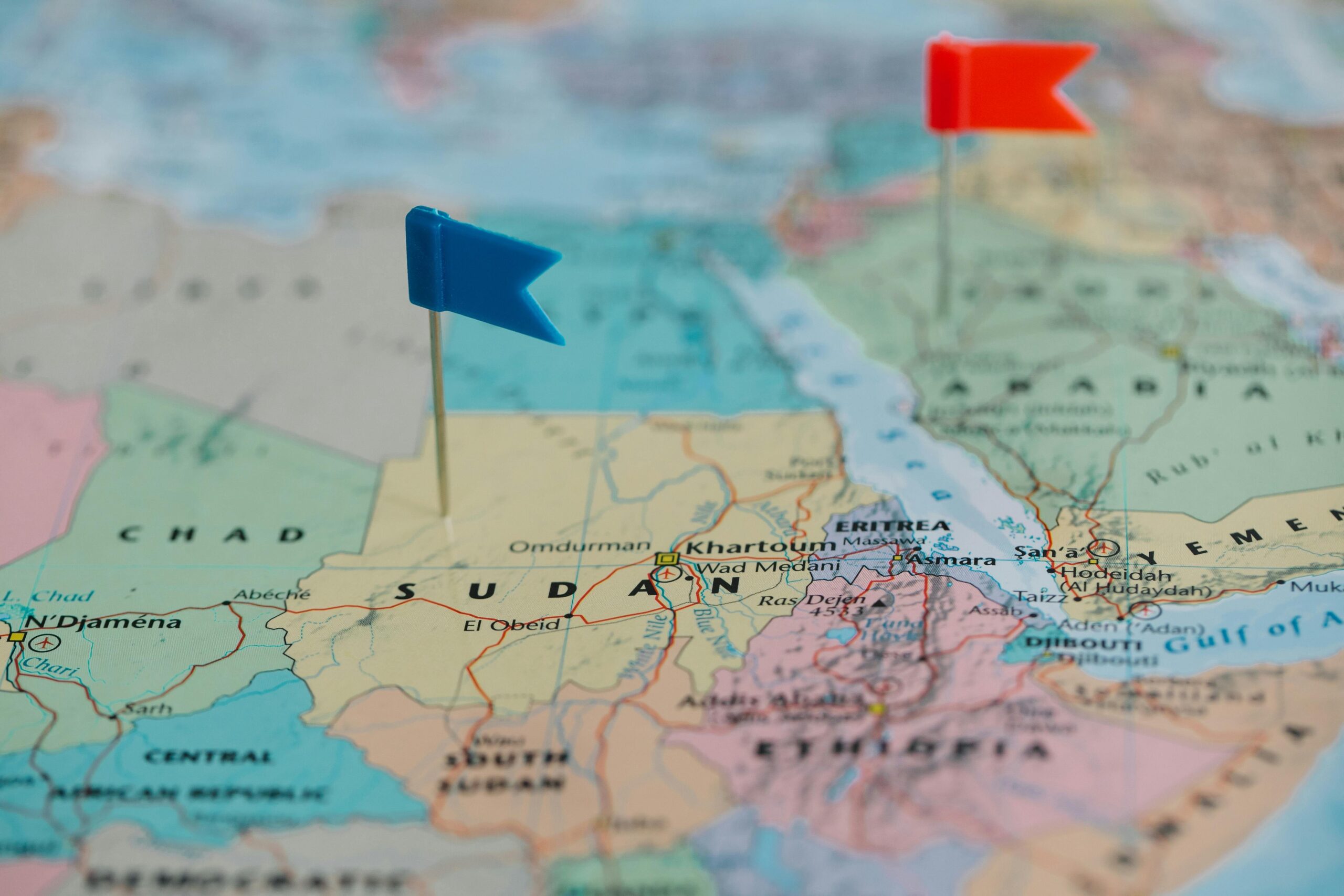“Ever planned a dream trip to Patagonia, only to realize your repatriation insurance didn’t cover it? Yeah, we’ve been there—and it’s not fun.”
If you’re diving into the world of travel safety nets, repatriation insurance may have caught your eye. It’s that golden ticket home when things go sideways abroad. But here’s the kicker: geographical coverage restrictions can turn your “golden ticket” into fool’s gold faster than you can say “passport control.”
In this post, we’ll delve deep into these sneaky limitations—why they exist, how they affect your peace of mind, and what you can do about them. You’ll learn:
- What geographical coverage restrictions are and why insurers impose them.
- Actionable steps to navigate these restrictions like a pro.
- Best practices for picking policies without surprises.
- Real-world examples to help clarify the fine print.
Table of Contents
- Key Takeaways
- Section 1: The Problem with Geographical Coverage Restrictions
- Section 2: Step-by-Step Guide to Avoiding Coverage Gaps
- Section 3: Tips to Maximize Your Repatriation Policy
- Section 4: Case Studies from Real Travelers
- FAQs About Repatriation Insurance
- Conclusion
Key Takeaways
- Geographical coverage restrictions limit where your policy works—often excluding high-risk areas.
- Failing to read the fine print could leave you stranded (and broke).
- You can find flexible plans if you know how to shop smart.
The Problem with Geographical Coverage Restrictions

Remember my glorious attempt at solo trekking in Kyrgyzstan? Spoiler alert: My repatriation insurance wouldn’t fly me out because the insurer listed Central Asia as a no-go zone. I was stuck paying thousands out of pocket. Ouch.
So why do companies slap on geographical coverage restrictions? Here’s the deal:
- High-Risk Areas: War zones, natural disaster hotspots—you name it. Insurers avoid underwriting risks in volatile regions.
- Cost Management: Some destinations rack up exorbitant evacuation costs (hello, Antarctica!), so insurers cap their exposure.
- Regulatory Issues: Certain countries just don’t play nice with foreign insurers.
Sounds fair-ish until you’re Googling emergency flights while nursing a broken ankle. The reality? These restrictions demand serious attention before booking any trip.
Step-by-Step Guide to Avoiding Coverage Gaps

Step 1: Know Your Destination Inside Out
“Optimist You:” “I’ve got everything covered!”
“Grumpy You:” “Did you even check which countries are excluded?”
Before clicking ‘buy,’ verify your destination is included in the policy’s geographical scope. Use tools like Google Maps or country-specific travel advisories for extra context.
Step 2: Read the Damn Fine Print
I’m guilty too. Who reads endless pages of legalese? Turns out, all of us should. Look specifically for terms like:
- “Excluded Zones”
- “Territorial Limitations”
- “Coverage Caps by Region”
Step 3: Compare Policies Like a Pro
Switch to Sherlock Holmes mode. Cross-compare at least three providers, focusing on:
- Included vs. excluded territories.
- Evacuation benefits (air ambulance fees add up quick).
- Customer reviews regarding claim processing.
Tips to Maximize Your Repatriation Policy
Tip #1: Opt for Worldwide Coverage
If flexibility matters more than price, choose a plan with worldwide protection—even if it means spending an extra $50.
Tip #2: Supplement When Necessary
Certain travel insurance packages let you buy additional riders for risky locales. Worth every penny.
Tip #3 (Anti-Tip!): Don’t Assume All Plans Are Equal
“Buy now, worry later”—said no savvy traveler ever. Assuming two policies offer similar perks can bite hard when restrictions kick in.
Case Studies from Real Travelers
Case Study #1: Amanda’s South Sudan Saga
Amanda booked a humanitarian mission to Juba but overlooked her insurer’s exclusion list. Guess what happened next? A hospital stay turned nightmare due to lack of coverage. Moral? Always double-check regional specifics!
Case Study #2: David’s Arctic Adventure
David opted for a premium package including remote evacuations. When frostbite hit during his Greenland expedition, his insurer airlifted him safely back home. Lesson learned: Spend wisely upfront.
FAQs About Repatriation Insurance
Does Every Policy Have Geographical Restrictions?
Almost always, though some are stricter than others. Do your homework.
Can I Extend My Current Plan?
Sometimes yes; contact your provider to discuss amendment options.
What If I Ignore Restrictions & Go Anyway?
Proceed at your own risk—the legalities get messy fast.
Conclusion
Navigating geographical coverage restrictions might feel daunting, but armed with knowledge, anyone can protect themselves effectively. Remember:
- Research thoroughly before committing to a policy.
- Never underestimate the power of fine print.
- Prioritize value over cost whenever possible.
Here’s hoping your journeys remain smooth sailing… but just in case, keep this guide close. Safe travels!
*PSA: Geography quizzes aren’t fun unless study material involves free ice cream.* 🍦
(And hey, remember Tamagotchis? Keep feeding those SEO stats daily.) 😉


